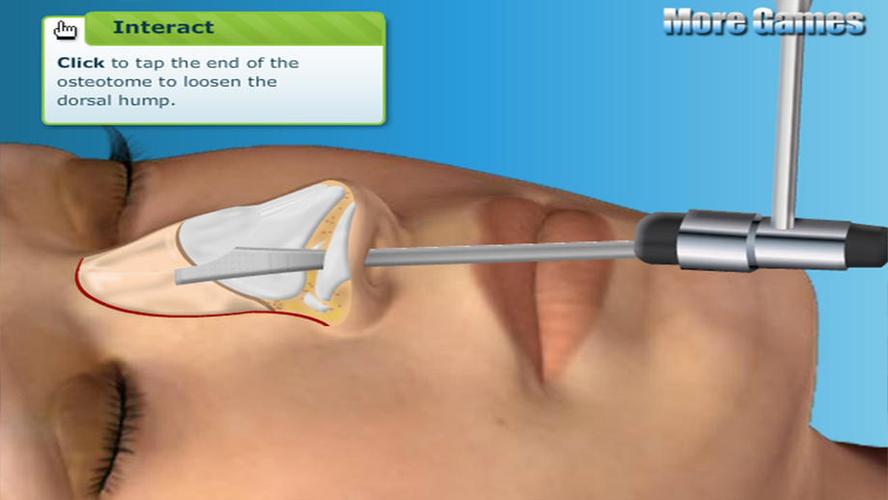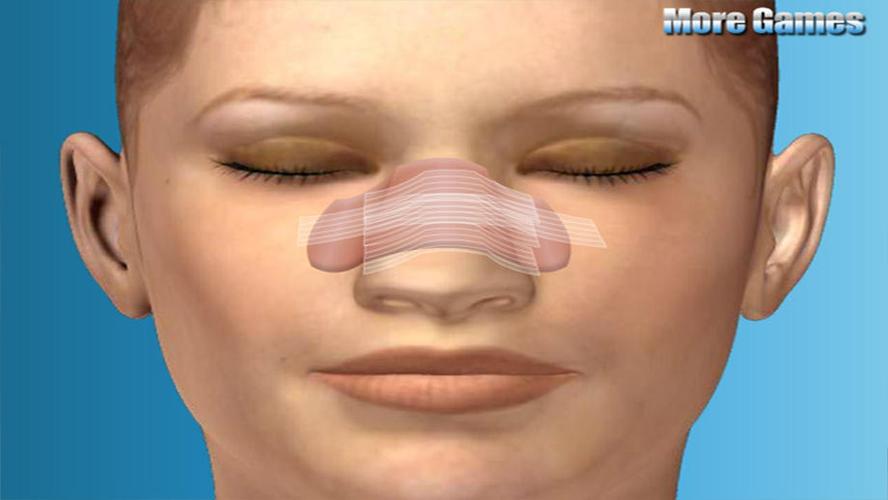
Understanding Post-Op Nose Surgery
Post-op nose surgery, also known as rhinoplasty recovery, is a critical phase in the journey towards achieving the desired nasal appearance. Whether you’re considering this procedure or have recently undergone it, understanding the process and what to expect is essential. This comprehensive guide will delve into the various aspects of post-op nose surgery, from the initial consultation to the final results.
Preparation for Surgery
Before undergoing nose surgery, it’s crucial to prepare adequately. This involves a thorough consultation with a qualified plastic surgeon, during which you’ll discuss your expectations, concerns, and the procedure details. The surgeon will evaluate your nasal structure, skin type, and facial features to determine the best approach for your surgery.

| Pre-Surgery Consultation | Key Points |
|---|---|
| Medical History | Discuss any medical conditions, allergies, or previous surgeries. |
| Expectations | Express your desired outcome and any concerns. |
| Pre-Op Instructions | Understand the pre-surgery guidelines, including medication avoidance and smoking cessation. |
The Surgery Process
The actual surgery is typically performed under general anesthesia and takes about one to two hours. During the procedure, the surgeon will make incisions inside the nose or across the base of the nose to access the underlying structures. The goal is to reshape the nasal bones, cartilage, and soft tissues to achieve a more balanced and aesthetically pleasing appearance.
Immediate Post-Op Care
After surgery, you’ll be taken to a recovery room where you’ll be monitored until the anesthesia wears off. It’s normal to experience some swelling, bruising, and discomfort. Your surgeon will provide you with specific instructions on how to care for your nose during the initial recovery period, which may include wearing a splint or cast to support the new shape of your nose.
Recovery Timeline
The recovery process from nose surgery can vary from person to person, but here’s a general timeline to expect:
-
Immediate Post-Op: Swelling, bruising, and discomfort are common. Pain medication may be prescribed.

-
First Week: Swelling and bruising will begin to subside. You may be able to return to work or school.
-
First Month: Swelling will continue to decrease, and you’ll start to see the initial results of your surgery.
-
First Year: The final results will become apparent as swelling completely resolves.
Aftercare and Follow-Up
Following your surgery, it’s essential to adhere to your surgeon’s aftercare instructions. This may include avoiding certain activities, using cold compresses to reduce swelling, and attending follow-up appointments to monitor your healing progress. These appointments are crucial for ensuring that your nose is healing properly and to address any concerns or complications that may arise.
Risks and Complications
Like any surgical procedure, rhinoplasty carries potential risks and complications. These can include infection, bleeding, scarring, and changes in skin sensation. It’s important to discuss these risks with your surgeon before undergoing surgery and to understand the signs of complications so you can seek medical attention promptly if needed.
Final Thoughts
Post-op nose surgery is a significant step towards enhancing your appearance and confidence. By understanding the process, preparing adequately, and following the necessary aftercare, you can increase your chances of a successful outcome. Remember to choose a qualified plastic surgeon and communicate openly with them throughout the process to ensure the best possible results.

